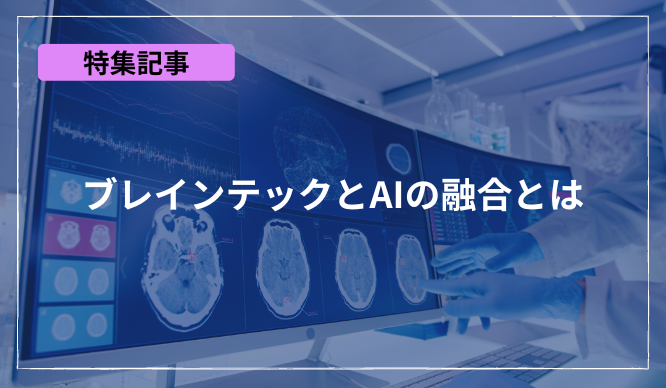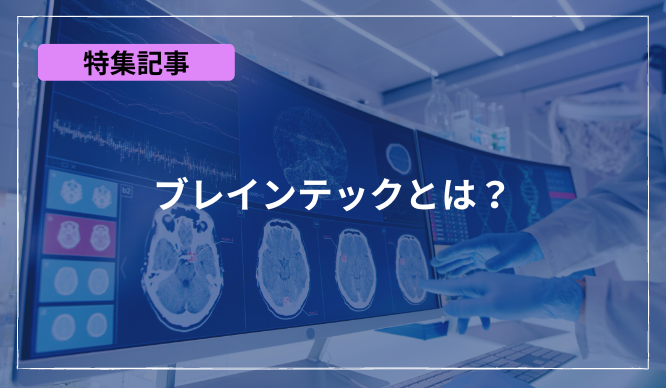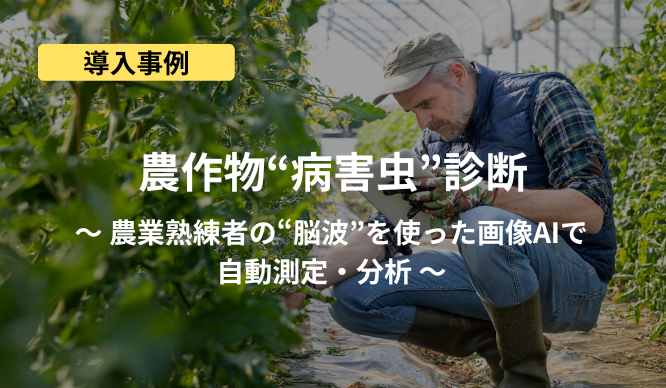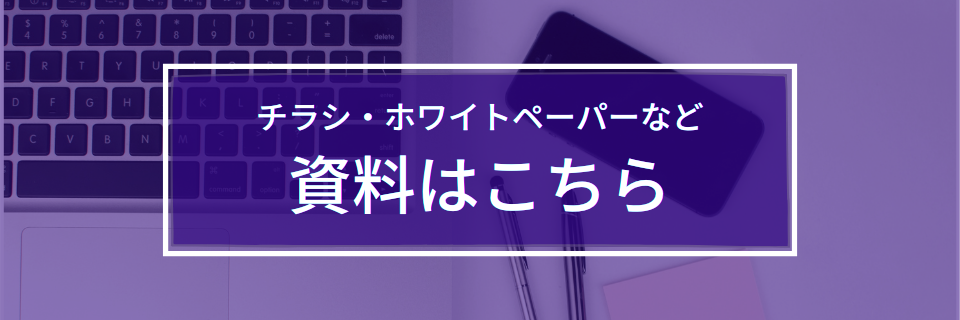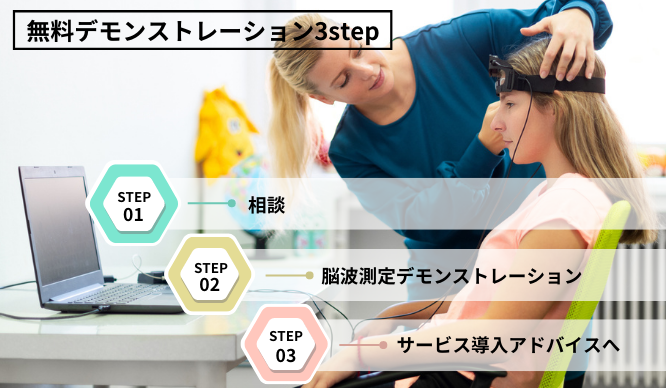Application for evaluation machine
Leave it to AI! "Determination of harvest time" and "diagnosis of pests and diseases" -Automatic measurement and analysis with image AI using "brain waves" of agricultural experts-

Introduction
In this article, we will discuss how to solve problems such as "crop loss due to incorrect harvest timing" and "pest damage" in agriculture from the perspective of automation and efficiency using "Braintech x AI" technology. Introducing.
Issue 1 in agriculture: Determining the “harvest time”
Harvest loss is one of the key challenges for agricultural producers.
"Optimal not harvest time Harvesting "crops" wastes the crops, leading to opportunity loss and food loss.
Even if the loss per time is small, when it accumulates in daily work, there is a problem that it becomes a big burden on the producer.
Knowledge based on experience is necessary to determine the correct harvest time.
This leads to harvesting at the wrong time.
Due to the lack of manpower, it is difficult to set up a work system with only skilled/experienced people, and there is a situation where we have to rely on inexperienced or inexperienced employees.
Expected.
Image judgment using AI makes it possible to harvest at the optimal time
As a way to solve the above problems, brain tech” brain science technology and combined with AI Here are the solutions.
This solution is a technology that learns the skills (implicit knowledge) of experts from brain waves, creates an AI model, and performs image diagnosis.
It is a widely used system, and in Brazil, we are conducting demonstration experiments with Embprapa as a grain pest diagnosis system.
Example of utilization of this system in the field of agriculture as a worker through smart glasses How to judge the appropriate harvest time at the site and contribute to work efficiency and yield improvement there is.
Until now, it was difficult to judge the "appropriate harvesting timing" without a certain amount of experience.
Work efficiency and harvest rate can be improved at the correct timing for each stage. In addition, it is possible to operate stably by drastically reducing the time spent on training and making it ready-to-use.
In addition, in the case of regional branded crops, there is a risk that the quality of the brand will deteriorate due to the fact that there are cases where the quality differs depending on the farmer. This contributes to the stabilization of brand quality and the enhancement of brand value.
I mentioned the conventional issues and the benefits of using Braintech, but by using AI, we can solve labor shortages by improving efficiency, work style reforms, and contribute to SDGs by reducing food loss. is expected to contribute greatly to local production for local consumption.

Issue 2 in agriculture: Damage caused by “disease and pests”
Next, let's look at the example of a demonstration experiment being conducted in Brazil by Embrapa (Brazilian Agricultural Research Corporation), Macnica DHW (Brazil), and InnerEye to investigate how to quickly and accurately suppress damage caused by pests and diseases, which are the great enemies of agriculture. I will introduce you to you.
Regarding the details of the demonstration experiment, there is a Japanese version of the article released by Embrapa in Brazil, so please check it out below.
About InnerEye’s “Sense I”
InnerEye's “Sense I” is a system that allows you to design an AI that reflects the judgment results based on the experience and technology of experts by capturing the brain waves of experts and experts.
As an example, we will explain the case of AI for judging the harvest time of “tomatoes”.
Images of "tomatoes not at harvest time" and "tomatoes at harvest time" are displayed at high speed on the system, and when an expert sees the tomato image, it measures how the brain wave reacts, detects the difference, and detects the difference. Create an AI model that learns and identifies “harvest timing” images.
Experts usually judge by looking at the color and luster, but the subtle adjustment required for that judgment is a skill unique to experts. By learning tacit knowledge based on such experience and knowledge, an AI model that conforms to the judgment criteria of experts is completed.
*The figure below is an example of “pest” diagnosis in the above-mentioned “task 2”.


Please refer to the following for details of InnerEye's “Sense I”.
lastly
This time, we introduced InnerEye's electroencephalogram AI system as a solution, using examples of determining the "harvest time" of agricultural products and diagnosing "pests". This system learns the tacit knowledge of experts,
This is an epoch-making system in which AI automatically detects judgments and diagnoses that used to depend on humans.
We will break away from the common sense that "we have to rely on experts" and contribute to the improvement of productivity. It is expected that the same system will be actively used in the agricultural field in the future, such as inspection work before shipping.
If you are interested in our solution, please feel free to contact us.
Document download
You can see information about this system, such as videos, catalogs, and white papers about Braintech. You can also download the document from "Details here" below.
free demonstration
Guidance of the demonstration
Would you like to actually measure brain waves?
What is the "skill transfer of experts" based on brain waves? What is AI that learns human consciousness and judgment?
I think there are a lot of unknown things, so why not try measuring your brain waves first and experience what it's like?
After the actual measurement, we will provide support from proposals to implementation and operation so that we can use AI using EEG at the customer's site while including examples of AI utilization in our activities so far. increase.
Learnmore
Inquiry
If you have any questions regarding this article, please contact us below.


